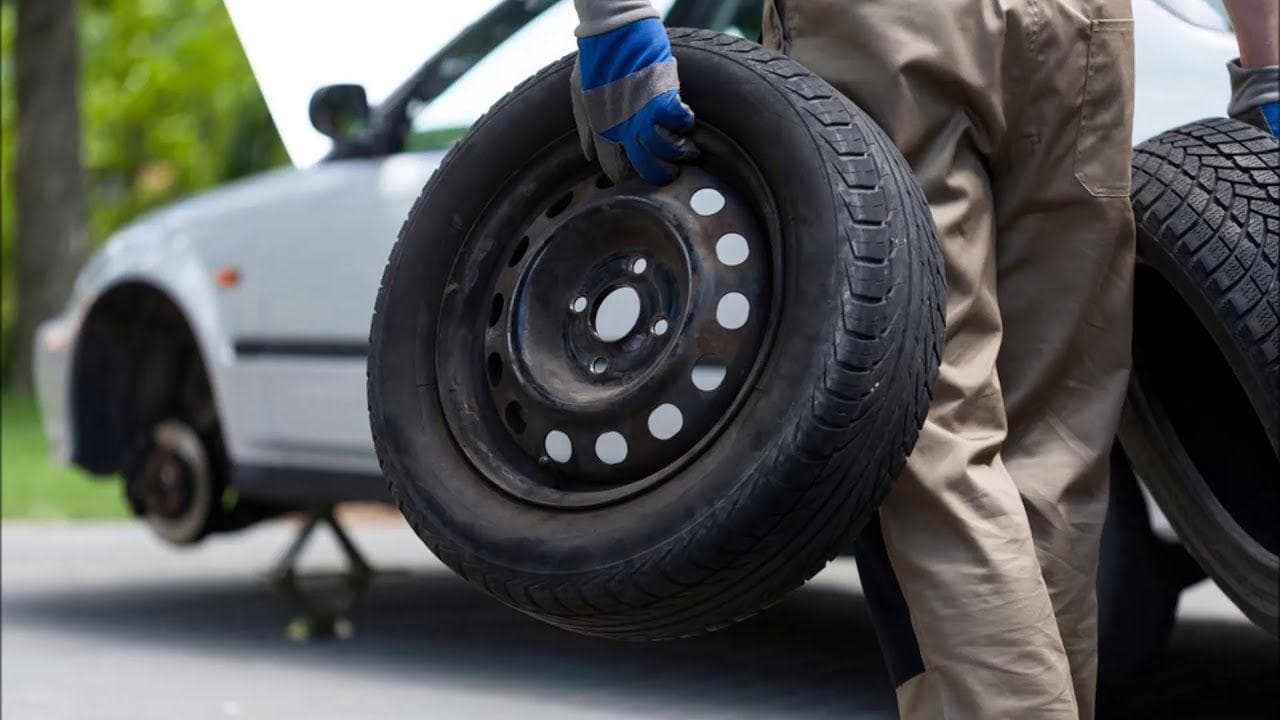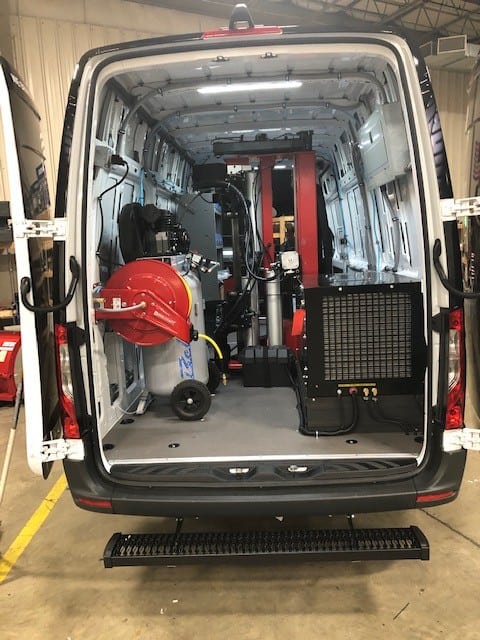Reputable Mobile Tire Change and Replacement in Las Vegas
Reputable Mobile Tire Change and Replacement in Las Vegas
Blog Article
Tire Solution: Proven Methods for Optimum Tire Maintenance and Care
From guaranteeing appropriate tire stress to regular turning and positioning, there are tried and tested techniques that can dramatically expand the life expectancy of your tires and enhance total driving experience. Let's delve into the globe of tire solution and uncover the keys to keeping your tires in excellent form for the long haul - Mobile Tire Replacement Las Vegas.
Value of Tire Stress
Correct tire pressure is an important consider making certain ideal car efficiency and security when driving. Maintaining the advised tire pressure levels given by the producer uses numerous advantages. Adequate tire stress promotes far better gas efficiency, as under-inflated tires can lead to boosted rolling resistance, creating the engine to work tougher and take in even more gas. Appropriate tire stress makes sure even tread wear, improving tire longevity and conserving cash in the long run by postponing the requirement for premature substitutes. Additionally, effectively inflated tires contribute to boosted handling and braking capacities, vital for safe driving in different road problems. Over-inflated tires, on the other hand, can result in minimized traction and a harsher adventure. Alternatively, under-inflated tires are vulnerable to overheating, which can bring about blowouts and accidents. Consistently inspecting and readjusting tire pressure, specifically eventually trips, is a straightforward yet efficient way to enhance automobile efficiency, prolong tire life-span, and focus on safety and security when traveling.
Tire Rotation Guidelines
When considering tire rotation guidelines, it is vital to understand the value of this upkeep task in taking full advantage of tire lifespan and keeping optimum vehicle performance. Tire rotation includes changing the placement of each tire on a car to make sure even step wear. Front tires have a tendency to wear quicker than back tires as a result of steering pressures, making normal turning critical for balanced wear patterns. The advised rotation pattern varies depending upon whether a vehicle is front-wheel, rear-wheel, all-wheel, or 4x4. Typically, tires must be rotated every 5,000 to 7,500 miles, or as advised in the car handbook. Overlooking tire rotation can result in unequal wear, impacting handling, traction, and possibly compromising car safety and security. By sticking to correct rotation guidelines, drivers can prolong the life of their tires, enhance fuel effectiveness, and enhance overall driving experience. Normal rotation is a straightforward yet reliable upkeep practice that contributes significantly to tire longevity and automobile performance.

Benefits of Wheel Positioning
Ensuring correct wheel placement after tire rotation is crucial for keeping well balanced wear patterns and maximizing automobile efficiency. Furthermore, proper wheel positioning helps to expand the lifespan of your tires. Misaligned wheels can trigger irregular tire wear, leading to premature tire replacement and raised upkeep costs.

Tire Tread Depth Examine
Executing a routine inspection of tire tread deepness is essential for keeping risk-free driving conditions and prolonging the life expectancy of your tires. The walk on your tires plays a vital duty in giving grip, particularly in damp or unsafe conditions. To examine your tire tread depth, you can make use of a step deepness scale or the penny examination. The recommended walk deepness goes to least 2/32 of an inch. If the walk deepness is below this threshold, it is time to replace your tires to ensure ideal efficiency and security when driving. Irregular step wear can show concerns with tire stress, suspension, or positioning, highlighting the significance of regular tread deepness checks. Overlooking to keep track of and maintain proper step deepness can result in decreased grip, longer stopping ranges, and a boosted danger of article source hydroplaning. By integrating tire walk depth look into your regular maintenance schedule, you can drive with self-confidence knowing that your tires are in top problem.
Seasonal Tire Evaluation
A comprehensive analysis of tire problem tailored to particular weather is vital for preserving ideal performance and safety and security throughout the year. Seasonal tire evaluation is a basic element of tire maintenance that ensures tires are ready to deal with the obstacles posed by different weather. In prep work for winter months, it is necessary to inspect the tire stress regularly as chilly temperature levels can cause tire pressure to drop. Evaluating tire step depth is additionally vital to guarantee appropriate grip on snow and frozen roads. In addition, checking for signs of deterioration, such as lumps or splits, can assist stop possible tire failings. As the periods adjustment, it is necessary to examine tire see this condition and make any required modifications to ensure risk-free driving. By carrying out regular seasonal tire examinations, vehicle drivers can lengthen tire life-span, boost gas effectiveness, and most notably, guarantee a protected driving experience in varying weather conditions - Mobile Tire Change Las Vegas.
Final Thought
In conclusion, maintaining appropriate tire stress, turning tires routinely, straightening wheels properly, keeping an eye on tread depth, and carrying out seasonal inspections are necessary practices for optimal tire treatment. By complying with these proven techniques, drivers can guarantee their tires last much longer, perform far better, and add to overall automobile safety. It is essential to prioritize tire maintenance to stop accidents, enhance gas efficiency, and extend the life-span of tires.
Sufficient tire stress advertises far better fuel effectiveness, as under-inflated tires can lead to raised rolling resistance, triggering the engine to function more challenging and consume more fuel.When taking into consideration tire turning guidelines, it is vital to understand the significance of this upkeep job look at this website in making the most of tire life expectancy and keeping optimum automobile efficiency. Seasonal tire inspection is a fundamental aspect of tire maintenance that makes sure tires are all set to encounter the difficulties presented by various weather conditions. By conducting routine seasonal tire evaluations, vehicle drivers can lengthen tire lifespan, enhance gas efficiency, and most importantly, ensure a protected driving experience in differing weather condition problems.
In final thought, preserving appropriate tire pressure, rotating tires frequently, straightening wheels appropriately, checking step deepness, and carrying out seasonal evaluations are vital techniques for optimum tire treatment.
Report this page